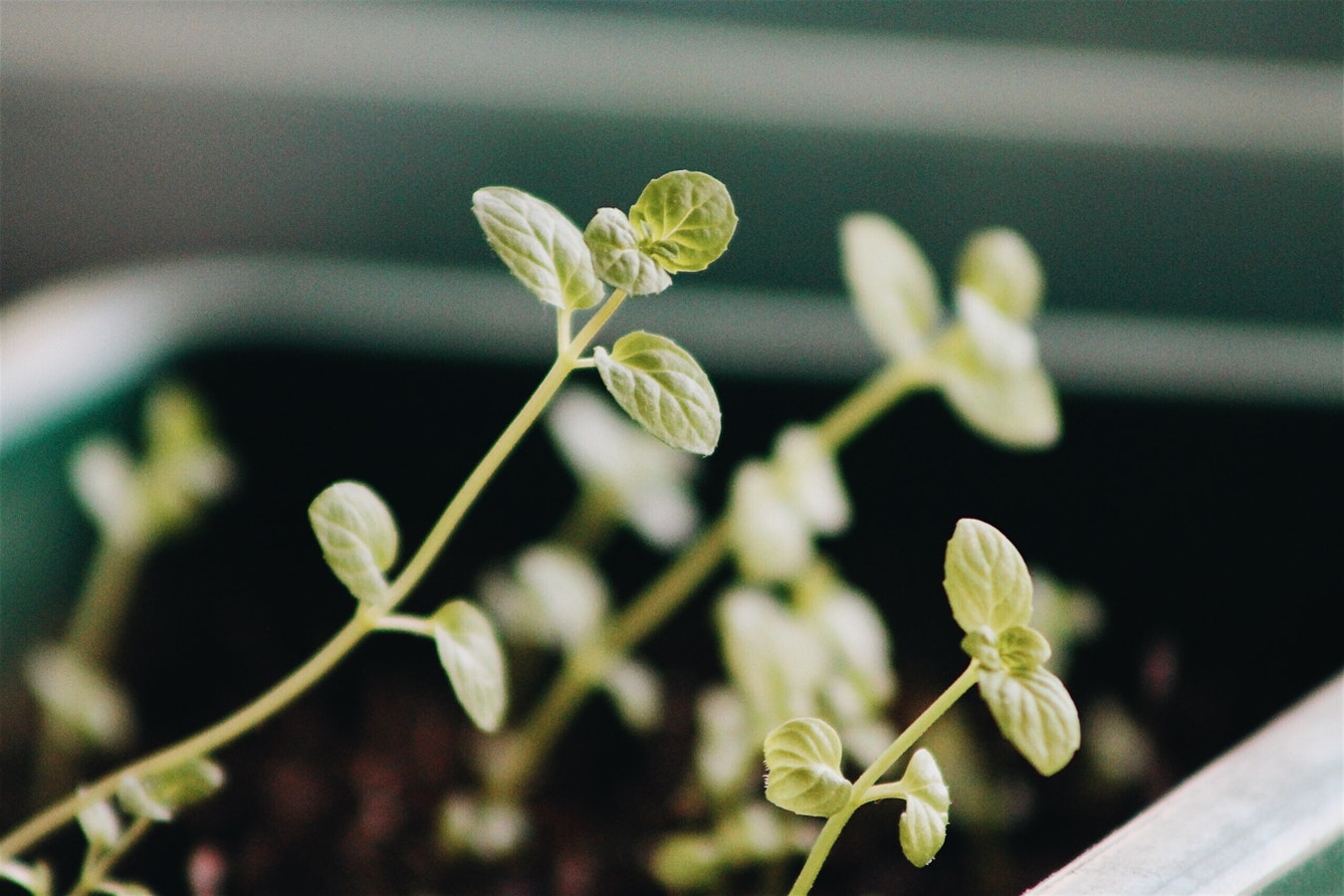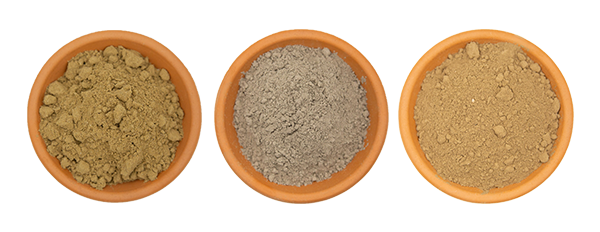Sex and the Single Plant
By Bob Ireland and Paul Davis from Maximium Yield | 25 April 2019

Takeaway: The late Bob Ireland shares some tips with us for controlling the sex of your plants with growth hormones.
Hormones are organic molecules produced by plants and transported within them to various sites where they control, stimulate, inhibit or alter one another, affecting plant growth and development. The term 'growth regulator' encompasses not only naturally-occurring plant hormones but also the hundreds of synthetic organic compounds found today that can exert profound regulatory effects on plant growth.
It is obviously advantageous for plants to grow at the maximum rate permitted by their environment. Signals from the environment are translated via hormones into integrated growth responses exactly suited to a plant's situation. Hormones regulate the process of responding to the environment by allowing the decoding and translation of the proteins (enzymes) that influence the organization of the internal chemistry of the plant's cells and the interaction among them.
Sex in a flowering plant is controlled by both genetics and the environment. While the sex chromosomes carry information that predisposes plants to become one sex or the other, the information for the other sex is still present, but repressed. We know this to be true; otherwise, we would not see the sex revertants and hermaphrodites that seem to pop up out of nowhere.
The role of the environment in this process can be summarized into a philosophical line of scientific thinking called the 'favorable environment' theory. When conditions are favorable for plants, a higher percentage of females are formed in order to ensure a population boom in that growing area. Fewer males are formed since less pollen is needed to maintain a high survival rate.
When conditions are harsh, more males are formed, since more pollen is needed to ensure the current female population is fertilized. Also, more pollen can be scattered in the wind to reach outlying populations in more favorable growing areas. Have you ever noticed that your earliest and tallest plants are generally males?
With that in mind, it stands to reason that good growing techniques by themselves will tend to promote the favorable disposition of your plants toward becoming female. However, there are times in the plant life cycle when the application of knowledge about hormones (or growth regulators) can be used to our advantage.
Life Cycles
Auxins, cytokinins and gibberellins are the principle growth-promoting hormones. Auxins promote rooting, leaf and fruit retention and directional growth, while cytokinins promote active cell mitosis, ion transport and general vigor. Auxins and cytokinins have, in general, been implicated in favoring feminization in plants. Gibberellic acid (GA) is the most powerful growth promoter because it increases internode spacing and it also promotes flowering in a great many ornamental plants, but in many cases, the flowering plants are all male.
Numerous natural or synthetic growth-promoting and growth-retarding substances are available commercially. These not only affect the life cycle stage they are intended to enhance but often have a direct impact on the promotion of sex characteristics.
At the seed level, there are soaking solutions that combine an auxin (naphthyl-acetic acid) and a coenzyme (vitamin B-1), both of which are vitally important to initial active growth. Other products use a cytokinin (6-BAP) to promote cell division and to promote the formation of female hormones from the very beginning. Herbal teas, aspirin, birth control pills, willow water and other mystical solutions that people swear by undoubtedly have precursors or metabolites that mimic auxins or cytokins. Even without any help, however, new plantlets will synthesize their own hormones to do things we take for granted—these will influence the ability of the seed to point the growing root down and the vegetative tip skyward.
For transplants and clones, the most significant hormones are the auxins, which act as rooting hormones and are the most commonly available commercially. These products, some of which are used as rooting compounds and soil amendments, come in either liquid or powder—each has its advocates—and include indole acetic acid (NAA) and indolebutyric acid (IBA). All of these auxin products have been implicated in promoting female plants—whether indirectly by promoting a favorable environment, or directly by influencing the hormonal matrix regulating sex translation.
In healthy juveniles, natural hormones are synthesized. Cytokinins are manufactured for overall health and ion transport, GA is synthesized for vigorous growth and auxins migrate to the growing tips to aid in active cell division and elongation.
If you manually manipulate your plants you are actually toying with the hormones. If you pinch the growing tip, auxins will no longer be concentrated there but will migrate in equal numbers to the two new growing tips below the cut. Also, since pinching the tip removes the focal point for auxins, more of them become available to migrate to the side branches and increase lateral branching. Bending your plants also creates a reaction—a side branch tipped up and down will react to the light (phototropism) and become a new growing tip. Auxins are marshaled into these new growing tips and the ones given the most light and filled with the highest concentration of auxins will grow the fastest.
This all can be overdone, however. As your plants grow, they start manufacturing floral hormones in preparation for flowering. If you prune too severely just before induction, it will take a while for the floral hormones to concentrate again.
There are ways to chemically manipulate your plants' sex characteristics in the vegetative phase—in other words, to predispose them to produce female hormones in preparation for flowering. Some fertilizers include minute amounts of all the auxins to promote better general health and vigor. Theoretically, auxin sprays might enhance feminization. Different concentrations of NAA solutions are used in the olive industry, where one is used to prevent fruit drop and another to prevent fruit from forming—it is unknown whether they will work on other flowering plants in these same concentrations. Research tests involving miscellaneous foliar cytokinin sprays appear promising but are not yet readily available. I once put together a product that was made up of NAA and IBA in lanolin, applied with a cotton swab. Sometimes the flowering that resulted was phenomenal, but other times the plant mutated and there was no flowering response at all.
As with the majority of plant hormone products, considerable research and replication must be put in to find a product that works in all environmental conditions and for different strains.
Perhaps the best and most consistent flower-promoting products available are the growth retardants. Their virtue is in reducing the internodal length and therefore the total height of plants, which is important for achieving efficiency in your growing space. The plant's reward is the elimination of wasted energy in vertical growth and the development of sturdier stalks to survive wind, rain and heavy blossoms. Energy is channeled into better lateral growth and producing bigger, fuller buds that tend to flower earlier. Furthermore, there is a marked tendency to promote more females, since these products are generally anti-gibberellins. As mentioned, GA promotes maleness in plants; growth retardants inhibit precursors to GA formation within the plant.
There are quite a number of growth retardants available commercially. The active retardant chemicals among the ones you may have encountered are ancymidol, dikegulac, paciobutrazol and chlormequat. None of these have been proven safe for use with consumable products though, and are only safe for ornamentals such as azaleas and chrysanthemums.
The diaminozide families of growth retardants, the basis of several commercial growth retardant products, have also been found to be effective. One such product also contains the auxin NAA, to enhance flowering in the now shorter, sturdier, bushier plants.
Flowering
The flowering process is quite complicated biologically and biochemically and is still not fully understood—space restraints here prohibit even attempting an explanation.
Suffice it to say that the photoperiod response is registered in the leaves by a pigment called phytochrome. The order to start flowering is then transported via some unknown hormonal messengers to the terminal buds.
There are numerous ways we can take advantage of our knowledge of hormones in the flowering process. One is in our choice of lights. Metal halides provide the balanced spectrum necessary for vegetative growth while shortening the photoperiod by itself will trigger flowering. For more intense flowering, adding sodium lamps or tungsten halogens is preferred because these emit much more far-red light, which drives the phytochrome into a transitional state compelling the flowering process.
By far the most important class of hormones during flowering—whether internally produced or exogenously applied—is ethylene. Ethylene is a gaseous hormone implicated in the flowering and ripening stages of nearly all fruits and when applied on plants when they are changing over from their vegetative to a flowering state will cause them to become female regardless of their gene structure. Ethylene is sold commercially and in its gas form is often added to containers of unripe fruits and vegetables during transport to enhance ripening.
Other gaseous growth regulators, oddly enough include acetylene and carbon monoxide. Both promote flowering when used in minute concentrations. Acetylene—which is almost identical chemically to ethylene—is produced by the reaction of calcium carbide and water. Pineapple growers in Hawaii used to place pellets of calcium carbide in the recesses of the plants in order to induce flowering and fruit formation regardless of the season.
An atmosphere of one percent CO2 has been shown to change the sex expression of genetically male flowering plants, resulting in intersexual and pure female flowers. The interesting point here is that carbon monoxide and carbon dioxide are biochemical competitors. If it is logical to assume that since CO promotes female flowers and CO2 antagonizes the action of CO, the rewards of increased levels of CO2 during the maturation cycle may be dubious. Higher levels of CO2 during active vegetative growth and photosynthesis have certainly been proven to be beneficial; however, when the thrust of the plant is directed towards creating full flowers—not active carbon acquisition for growth—perhaps much less CO2 during blooming would be recommended. Experiment for yourself…
Oh, by the way—please do not hook up your car exhaust pipe or welder's tank to your growing room, since CO and acetylene are both highly flammable and deadly if used improperly.
The study of plant hormones as growth regulators is at the leading edge of plant science. We all need to be aware of these various study results, as they may offer us the ability to dramatically improve both production and space efficiency in the future.
Originally published in May, 1987; revisited and revised for Maximum Yield by Paul Davis.



